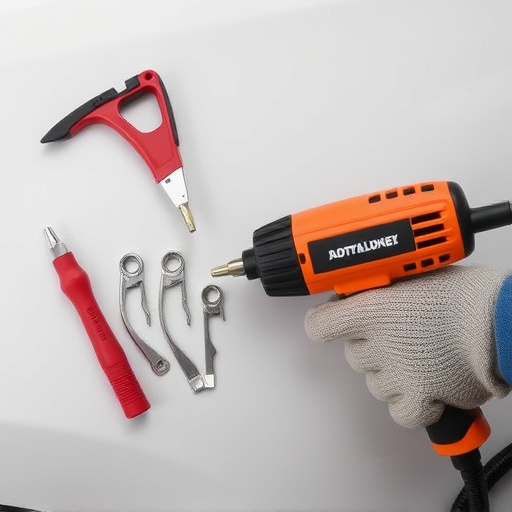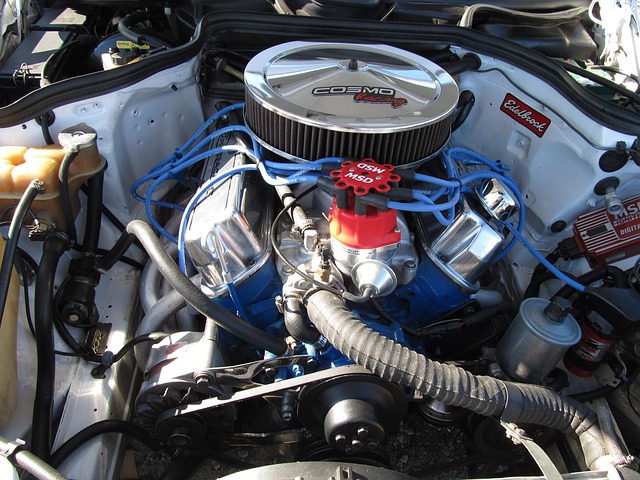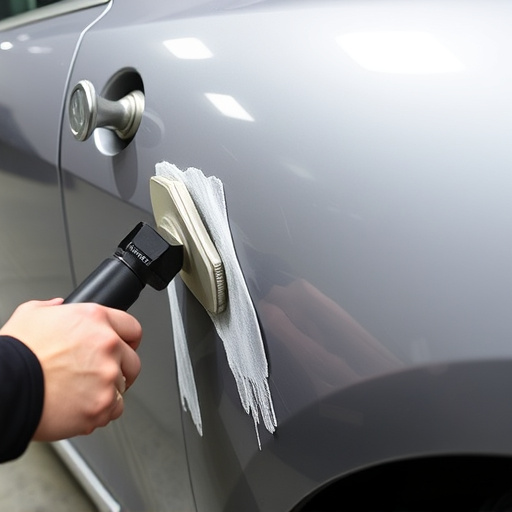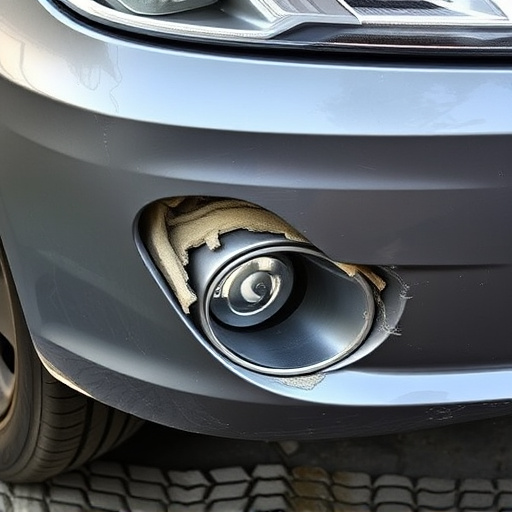Realistic repair timeframes and transparent communication build trust, satisfy customers, and encourage loyalty in the automotive industry. Effective post-repair education and feedback capture strengthen brand reputation and serve as marketing tools. Repair expectations management through feedback analysis drives data-informed service improvements.
In the competitive service industry, effective repair expectations management is pivotal for customer satisfaction. This article explores strategies to enhance post-repair experiences through realistic timeframe setting, clear communication, and leveraging customer feedback. By understanding client expectations and providing transparent updates, businesses can significantly improve their repair expectations management. We delve into actionable steps for communicating post-repair outcomes effectively and capturing valuable feedback to drive continuous service improvement.
- Setting Realistic Repair Timeframes
- Communicating Post-Repair Outcomes Effectively
- Capturing and Acting on Customer Feedback
Setting Realistic Repair Timeframes

Setting realistic repair timeframes is a cornerstone of effective repair expectations management. It’s crucial to communicate expected turnaround times for different types of repairs, especially in the automotive industry where customers rely on their vehicles for daily transportation. For instance, while a simple dent repair might take a few hours, more complex tasks like automotive restoration or car bodywork services could span several days or even weeks. Transparency about these timelines helps manage customer expectations and reduces frustration.
By setting clear expectations, businesses can ensure satisfied clients who understand the scope of work involved. This strategy is particularly important for maintaining trust during post-repair feedback sessions. Customers are more likely to appreciate transparency when comparing their experience with other car bodywork services or dent repair shops. Realistic timeframe communication fosters a positive perception of the business, encouraging loyal patronage and referrals.
Communicating Post-Repair Outcomes Effectively

After a repair, effectively communicating the outcomes to customers is vital for managing expectations and fostering trust. It’s not just about confirming that the car dent repair or bumper repair has been completed; it’s about ensuring the customer understands the quality of work and the benefits they can expect from the service provided, especially in the case of Mercedes Benz repair. This includes clear explanations of the repair process, any parts replaced, and the expected performance improvements.
For instance, for a car dent repair, communicate the level of precision achieved, how it maintains the vehicle’s original aesthetics, and the enhanced structural integrity. In bumper repair, highlight the restoration of the vehicle’s safety features and the aesthetic appeal, ensuring customers are satisfied with both functionality and visual outcomes. This transparent communication ensures post-repair customer feedback is positive and serves as a powerful tool for future marketing and brand reputation.
Capturing and Acting on Customer Feedback

Capturing customer feedback is a vital component of effective repair expectations management. It provides insights into how well service providers have met or exceeded client expectations following vehicle bodywork services, such as Mercedes Benz collision repairs. Actively soliciting feedback through various channels – online surveys, in-person interviews, or post-repair evaluations – allows businesses to understand the strengths and weaknesses of their operations.
By analyzing this feedback, repair shops can make data-driven decisions to improve their car bodywork services. For instance, recurring positive comments about a friendly staff or quick turnaround time highlight areas where they excel, while negative feedback points to potential issues that require addressing. Implementing changes based on customer input fosters trust and loyalty, ensuring satisfied clients return for future vehicle bodywork repairs.
By implementing effective strategies for repair expectations management, businesses can significantly enhance customer satisfaction. Communicating realistic repair timeframes, delivering on promises, and capturing post-repair feedback create a transparent and positive experience. These practices not only foster trust but also enable businesses to continually improve their services, ensuring a strong and loyal customer base. Repair expectations management is a powerful tool that, when utilized correctly, can transform the way customers perceive and interact with repair services.













